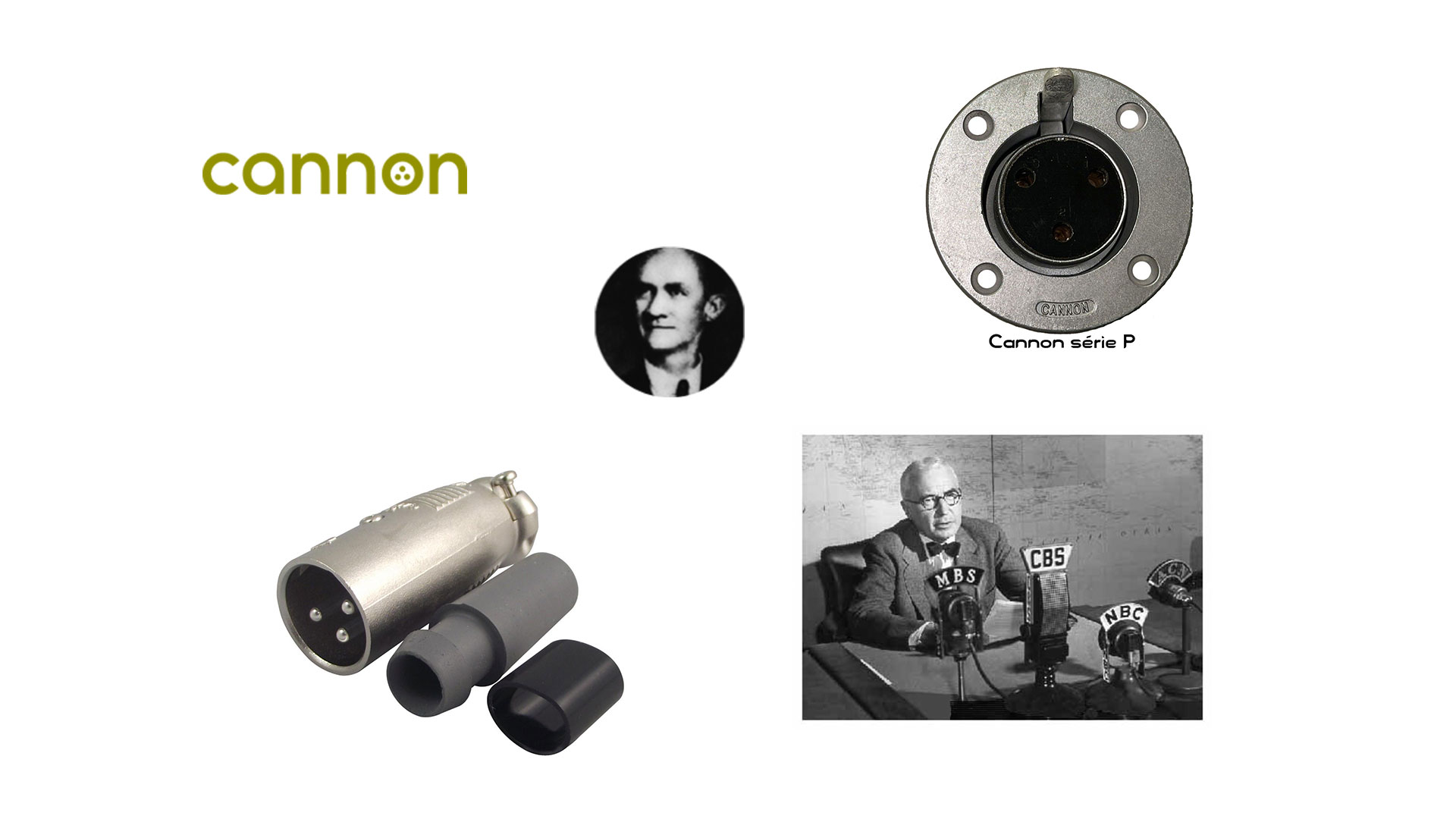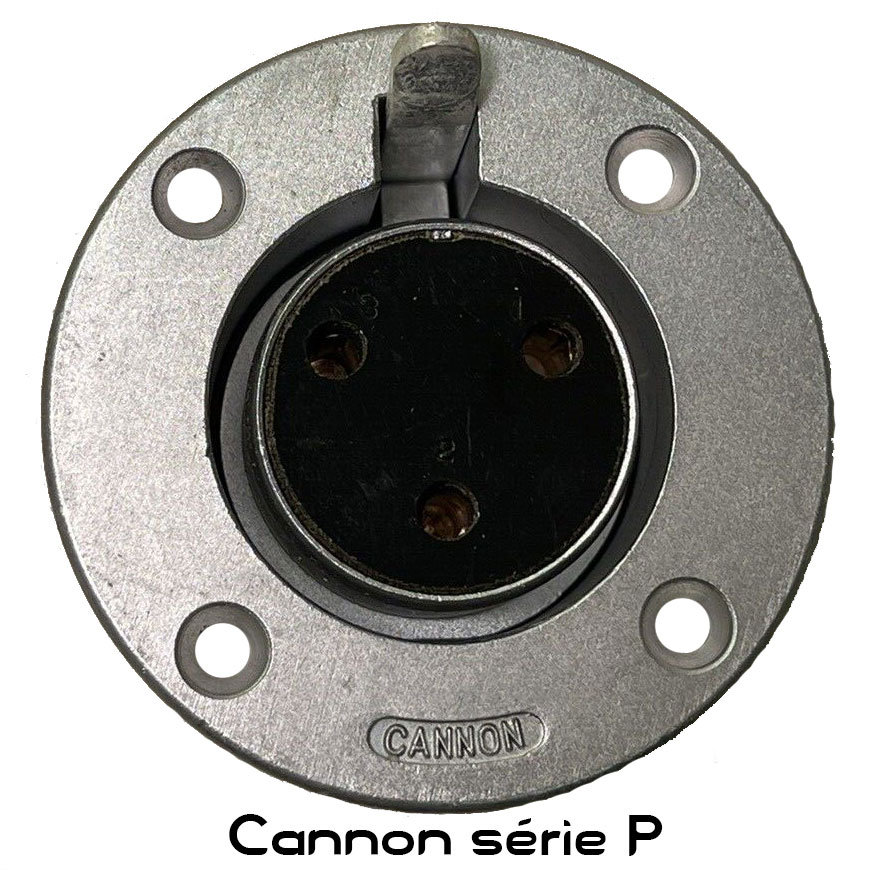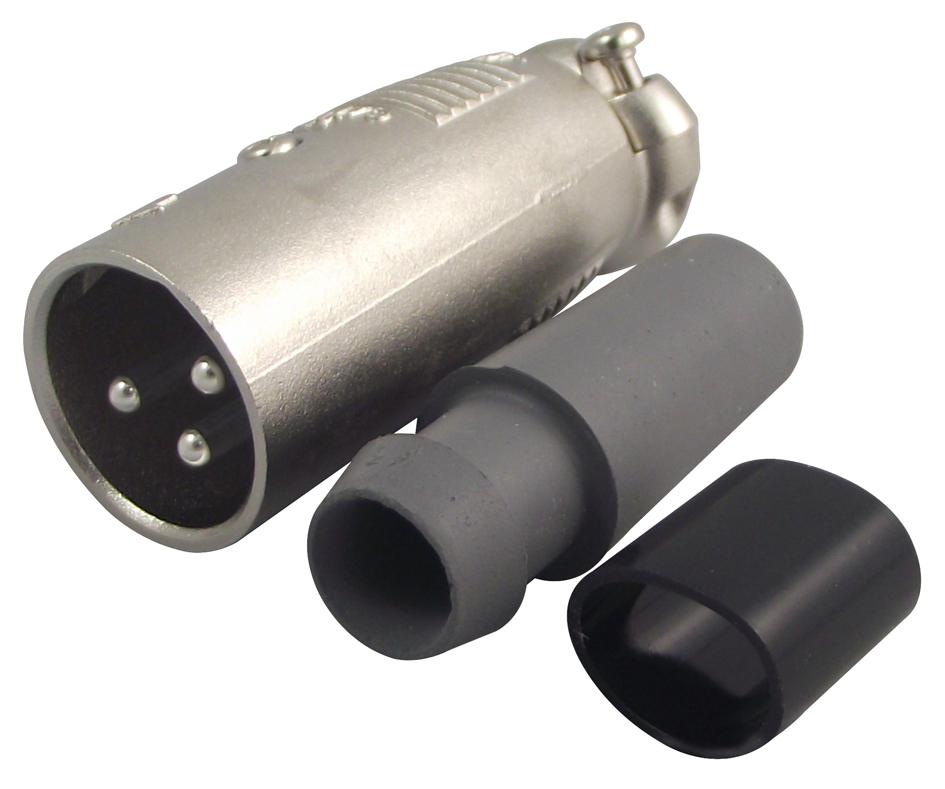The XLR Connector

The Creation of the Company

The Cannon company was founded in 1915 in a small shed. In 1923, James Cannon developed the M connector, which revolutionized the electronics industry, turning the “Cannon plug” into a generic term still used today for these types of connectors.
Film studios used these connectors to allow their new electric cameras to move freely during scene filming. Then, in the mid-1920s, as filmmakers began experimenting with sound in movies, they used smaller versions of the M series connector for audio equipment. Suddenly, the technology to make talking movies a reality existed, and Cannon’s invention was used in the production of the first sound film, The Jazz Singer, in 1927.
The Evolution of Audio Connectors
These audio connectors were quickly followed by the P series connectors, developed for Paramount Studios. This series marked a significant leap in connector design by incorporating many structural features still in use today, such as a die-cast shell, molded pin inserts, and a latch-lock mechanism.

Next came the F series connector, developed for Fox Studios with a “floating contact.” This allowed them to be bumped or moved without causing noise in recordings. Soon, all studios began using Cannon F connectors, benefiting from Cannon’s continued innovation.

On March 15, 1943, the cover of Time perfectly captured the incredible growth and importance of the Cannon brand. World War II was raging, and the cover showed Elmer Davis speaking into a microphone, stating, “This is a people’s war, and the people have a right to know as much as possible about it.”
The first microphones used Cannon connectors, as did early black-and-white television cameras, the first sound films, and the XL connector was used in the 1940s by early radio broadcast networks. These connectors featured a latch, and in 1955, a rubber casing around the contacts was added to create the XLR connector.

Today, while Cannon still manufactures XLR connectors, most are now produced by Neutrik.

